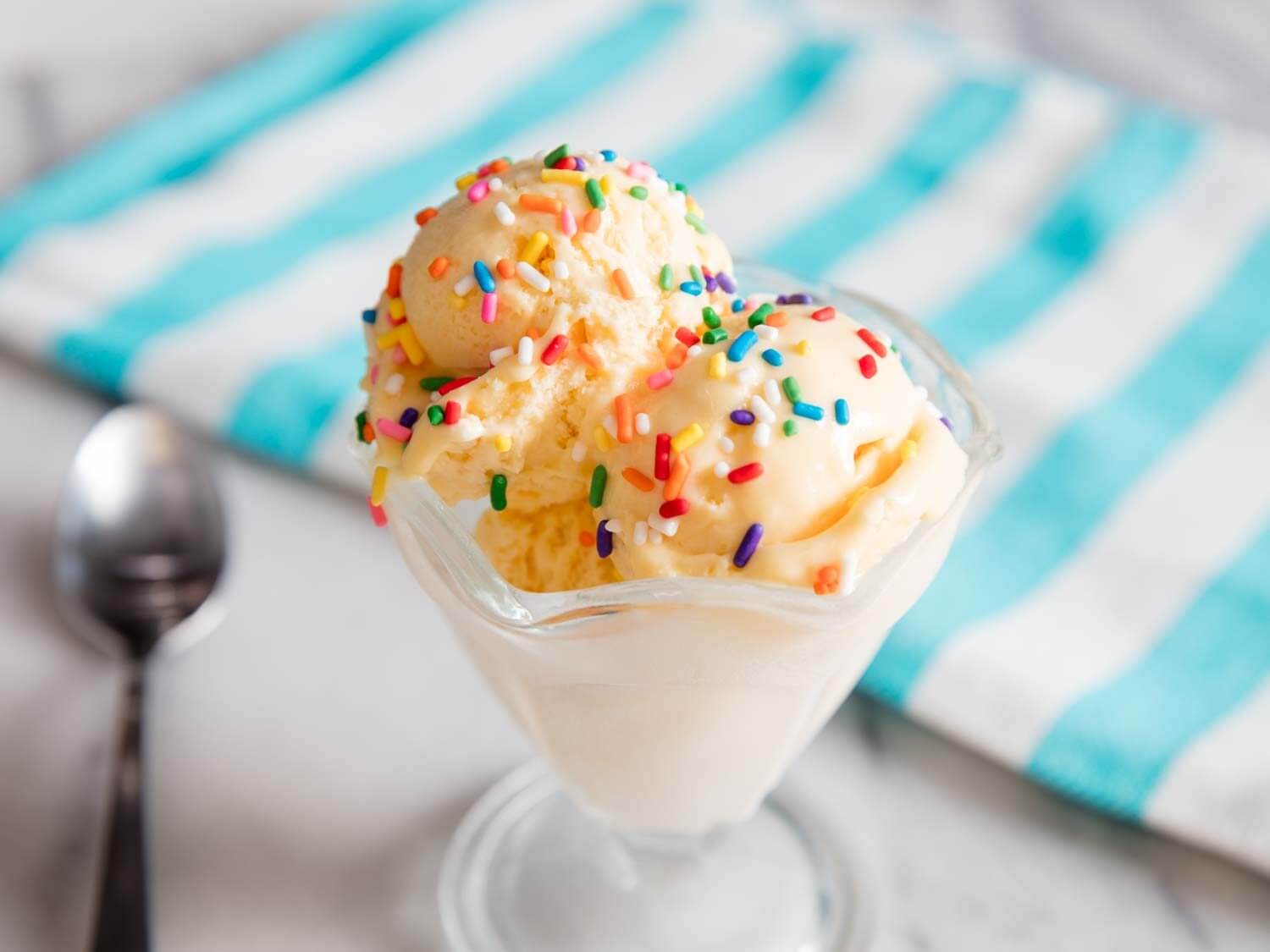Galatea produces semi-completed products for artisanal ice creams using excessively satisfactory components, natural colorings, without thickeners, and hydrogenated fat while respecting the environment and supporting the less fortunate.
 The story of the Pillot circle of relatives is all about ice cream. It starts inside the Italian place of Veneto in the Sixties. In Germany, moms, fathers, and their relations paintings together to open some ice cream parlors, ultimately returning to Italy among Treviso and Belluno. Stefano, the oldest brother, starts a new journey by founding his logo: Galatea. His objective? Creating new bases for simply artisanal ice lotions. Now, CEO Stefano Pillot tells us how this changed into viable.
The story of the Pillot circle of relatives is all about ice cream. It starts inside the Italian place of Veneto in the Sixties. In Germany, moms, fathers, and their relations paintings together to open some ice cream parlors, ultimately returning to Italy among Treviso and Belluno. Stefano, the oldest brother, starts a new journey by founding his logo: Galatea. His objective? Creating new bases for simply artisanal ice lotions. Now, CEO Stefano Pillot tells us how this changed into viable.
What idea underpinned the founding of Galatea?
Galatea was born out of the desire to create a product provider capable of elevating artisans’ craftsmanship. We deliver what they need for their day-by-day work, i.e., E. Semi-finished products that, during this example, also entail a service: studies and improvement things that single artisanal workshops could locate hard to enforce. Our know-how and network of experts permit us to pick out excessive first-class ingredients and manufacture bases that might be strongly characterized by their natural elements, which we firmly trust and that, we think, must be expressed through artisanal merchandise constantly.
Since its founding, Galatea has determined not to use chemical thickeners, hydrogenated fats, artificial colorings, or GMOs. Why was this route selected?
Ice cream is a product with a few simple substances: milk, cream, and eggs for cream flavors; fruit, water, and sugar for fruit ones. In time, it has become possible to produce creamier ice lotions, less sorbet-like, by manipulating the uncooked elements. However, this meant the usage of thickeners and hydrogenated fat, integrating more chemical methods in production. We eliminated all of those aspects and instead assisted artisans in producing an ice cream that is as herbal as possible.
An ice cream that is healthful for human beings and the surroundings. For example, excluding tropical fat like palm oil, whose cultivation causes deforestation and air pollutants while manufacturing waste is burnt, contributes to environmental protection. Our small commercial enterprise is developing, and we’re looking to promote moves aimed at making manufacturing processes extra sustainable, from using clean power to controlling water use, factors that we would like to make even greater primary as soon as we move to our new headquarters. We also believe in the significance of social movements; that is why we guide the Valemour Association in its assignment to assist human beings with intellectual disabilities in entering the employment sector.
The cost of your work is shown with the aid of the numerous certifications Galatea has earned. Can you tell us approximately them?
The certifications related to the goods used within the Libera (“loose” in Italian) Line and the Wellness and Organic Lines. The “Social value” certification became the first mission and recognition that confirmed what we claimed changed into real. The more I consider it, the happier I am that we managed to attain it: an outside frame that states that each recipe and strategy is consistent with our statements and that none of our suppliers make the most of the surroundings or labor force.
We also earned the organic certification (which provides an introduced price to naturalness) and vegan and organic-vegan certifications to meet the desires of folks who follow those styles of diets. We also produce a kosher line and will quickly add a halal one. In March 2017, Galatea obtained the FSSC 22000 certification relative to food first-class and safety, another effort made with the employer’s aid to provide customers with even greater assurances.
What are the most refined products you’ve developed?
Spirulì: it’s now seven years old and allowed us to supply the first mild blue ice cream without using synthetic colorings by employing spirulina algae’s herbal color. We built our photograph around Spirulì: “If we can make blue herbal, then we can make something”. Last year, by using Piementina, we reinterpreted our mint flavor, which is green without the use of artificial coloring agents way, to the use of mint from Piedmont.
On this subject matter, you need your products (lots of that are domestically sourced) and production tactics to be as Italian as feasible, proper?
Our almonds and pistachios are Italian. The apple juice we use is from Friuli. We’re looking for paintings with the standard Pordenone fig and would like to depend upon algae cultivated handiest in Italy for Spirulì. We attempt to deal at once with manufacturers to shorten the supply chain and ensure our merchandise’s provenance. Working in Italy is hard for many reasons, from losing assistance for innovation to market penetration problems. The idea that “natural” merchandise doesn’t taste exactly is widespread; however, if completed correctly, they’re tastier and healthier. While there may be some awareness of the difficulty, matters are slowly transferring.
